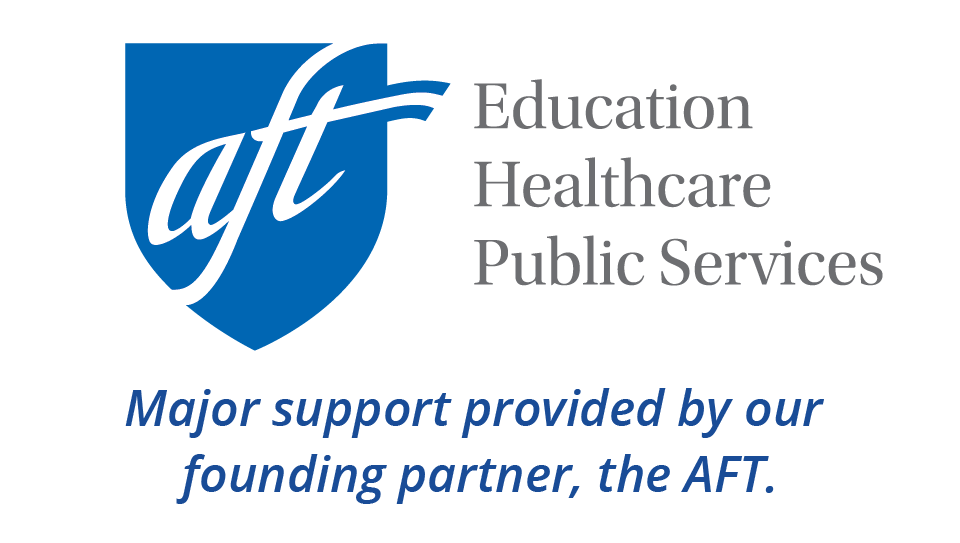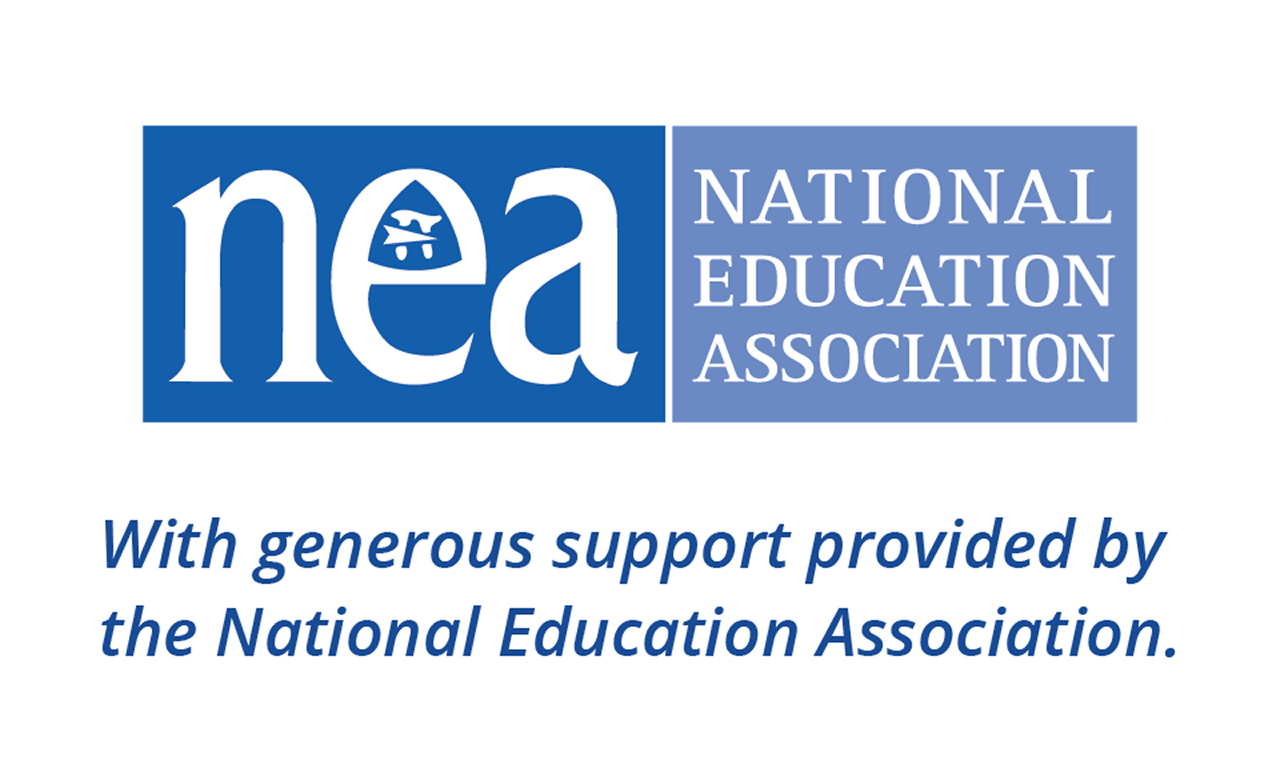ELL News Headlines
Throughout the week, Colorín Colorado gathers news headlines related to English language learners from around the country. The ELL Headlines are posted Monday through Friday and are available for free!
Get these headlines sent to you weekly!
To receive our free weekly newsletter of the week's stories, sign up on our Newsletters page. You can also embed our ELL News Widget.
Note: These links may expire after a week or so, and some websites require you to register first before seeing an article. Colorín Colorado does not necessarily endorse these views or any others on these outside web sites.
This state will be the first to offer free child care, regardless of income
New Mexico, long at the bottom of state rankings for child well-being and educational outcomes, is on the verge of launching a first-in-the-nation program aimed at helping reverse those trends: free child care and preschool for all resident families, regardless of income.
Lucky 13: A Guide to Spooky Latinx and Aztec Monsters in the “Seasons of Sisterhood” Series
Thirteen is a scary number, an unlucky hide-under-your-covers and don’t-answer-the-door kind of number. This is fitting because this October, readers will get a look at my new book, Fall of the Fireflies, the first book in the "Seasons of Sisterhood" series. It's set in the world of Summer of the Mariposas, a fantasy I wrote 13 years ago that is a Mexican American retelling of the Odyssey. Some of the supernatural beings in that novel included a coven of screeching witch owls known as lechuzas, a ghoulish nagual with a hunger for power (and children), and blood-thirsty chupacabras.
5 Short Nature-Focused Activities for Young Students
Opportunities for outdoor learning don’t require special materials, and you can get started by dedicating just 10 minutes to the experience.
How to Teach English Learners the Right Way
Today’s post continues a series in which educators share potential challenges that might exist in teaching English learners and how to overcome them.
Colorín Colorado Named a Successful Practices Honoree for the 2025 Library of Congress Literacy Award
Twenty-four organizations working to expand literacy and promote reading were awarded the 2025 Library of Congress Literacy Award. Colorín Colorado was named as a Successful Practices Honoree for its family engagement resources.
TESOL Statement on the Rescission of Guidance on Serving Multilingual Learners of English in U.S. Public Schools
In a press release, TESOL stated, "TESOL International Association opposes the U.S. federal government’s decision, announced the week of 11 August 2025, to rescind the January 2015 Dear Colleague Letter (DCL) issued by the U.S. Department of Justice’s Civil Rights Division (CRT) and the U.S. Department of Education’s Office for Civil Rights (OCR). Although the rescission does not alter U.S. law or change the responsibilities of state and local education agencies (SEAs and LEAs) to provide quality education for multilingual learners of English (MLEs) and ensure families have access to information and can make informed decisions, it raises questions about how states, school districts, educators, paraprofessionals, and administrators will continue to meet these obligations for a growing MLE population."
PBS cuts 15% of jobs in wake of federal funding cut
PBS's chief executive told public television officials Thursday that it was cutting about 15% of its jobs due to the move by Republicans in Congress to eliminate all federal funding for public broadcasting starting on Oct. 1. Thirty-four PBS staffers were notified Thursday that their positions were being cut. Taken with the loss of a longstanding federal grant for an educational initiative earlier this summer, and the elimination of about three dozen other vacant positions, PBS will have lost more than 100 jobs in all.
For mixed status families, deportation fears cast shadow over new academic year
Across the U.S., many parents are breathing a collective sigh of relief: school is back in session. Sitting in her trailer home in rural southern Maryland, a woman who asks to go by her first initial, "M.", says she is one of those very relieved parents. That's because she spent most of the summer indoors with her four children and says it almost drove her crazy. She asked NPR to refer to her by first initial only because she is undocumented, and like many immigrants without papers, the new school year is bringing up new fears and anxiety about ICE enforcement in and around schools.
In phone-free schools, analog entertainment brings lunchrooms to life
As a growing number of states ban cellphones in public schools, some schools — such as Bethlehem High in Delmar — are experimenting with offering students old-school games and puzzles for their lunch periods. Educators say the options have helped smooth the transition to phone-free environments.
What to know about California’s English learners
About 1 in 3 students in California’s K-12 schools speak a language other than English at home and were not fluent in English when they first started school — 1,918,385 students — according to data from the 2024-25 school year. About half of these students (1,009,066) are current English learners. The rest (909,319) have learned enough English in the years since they started school to now be considered “fluent English proficient.”






